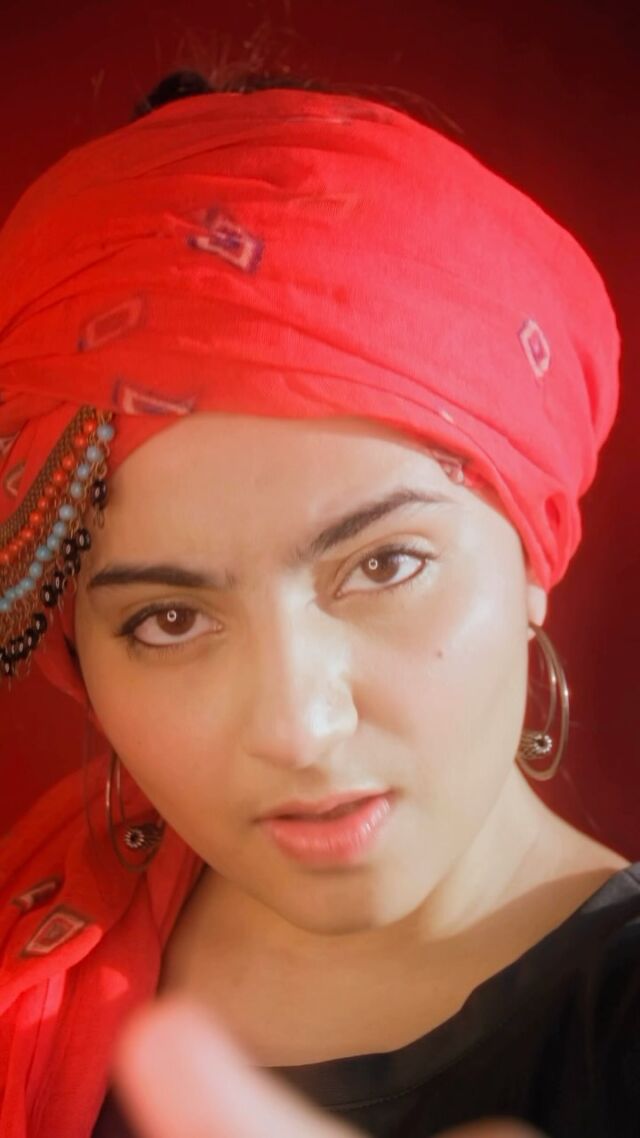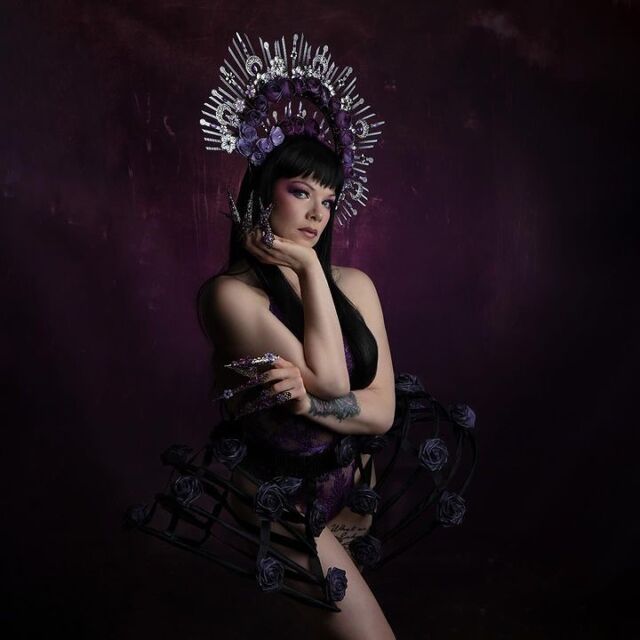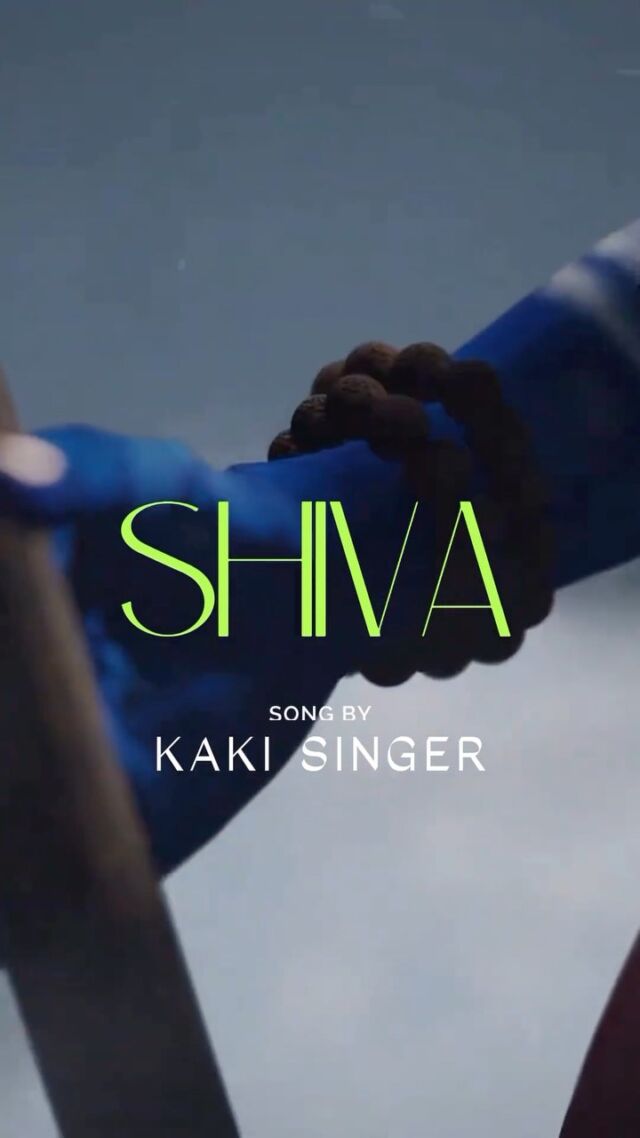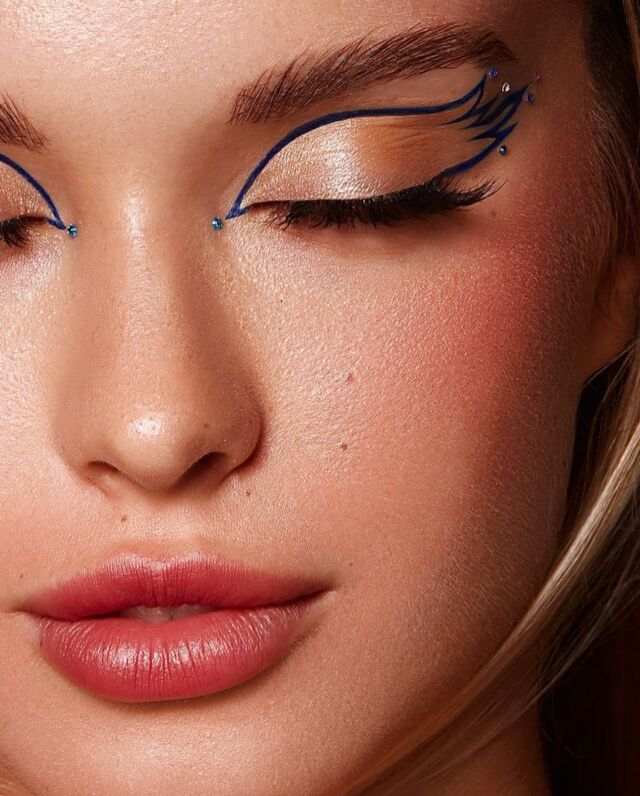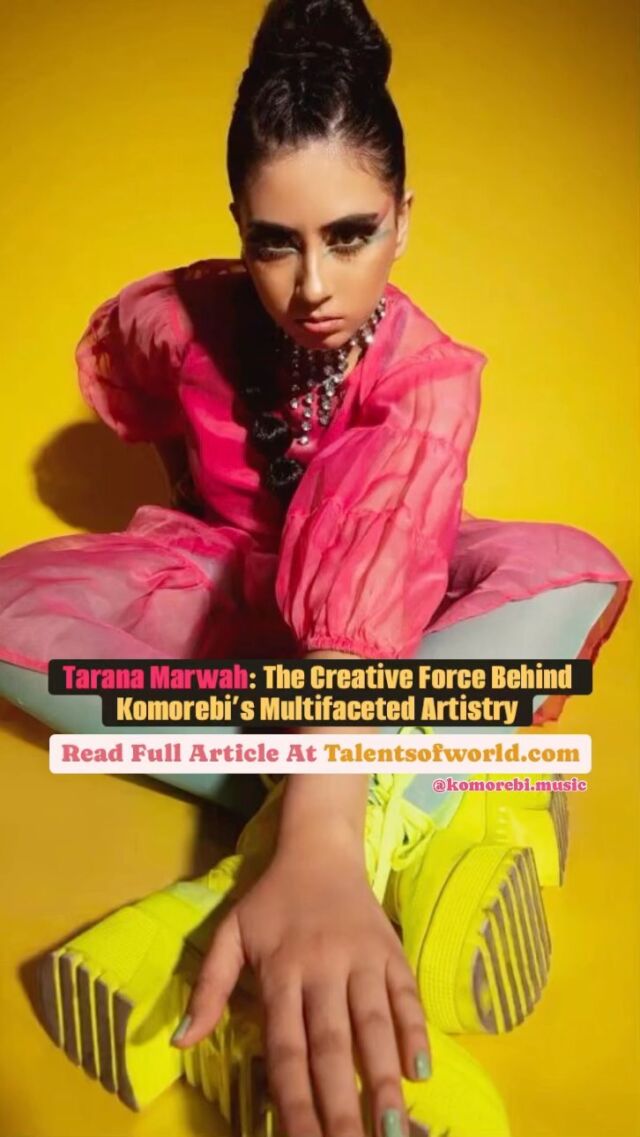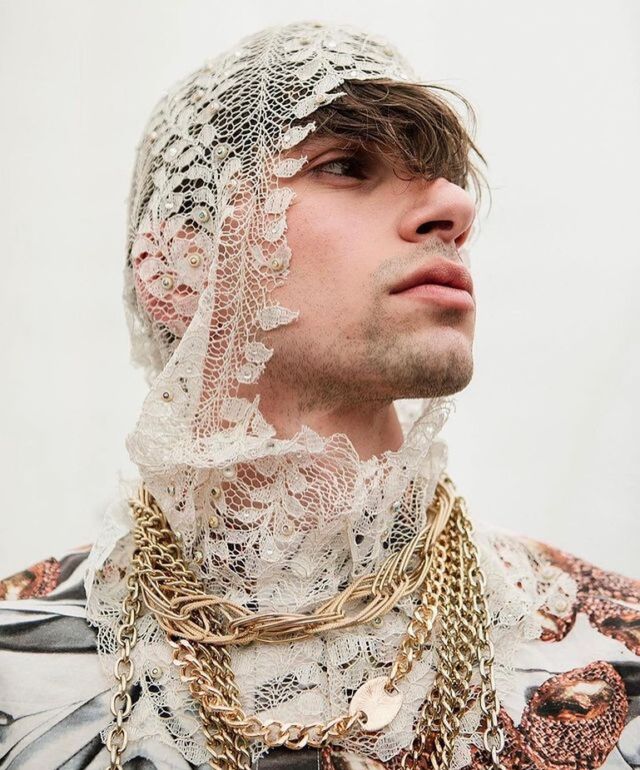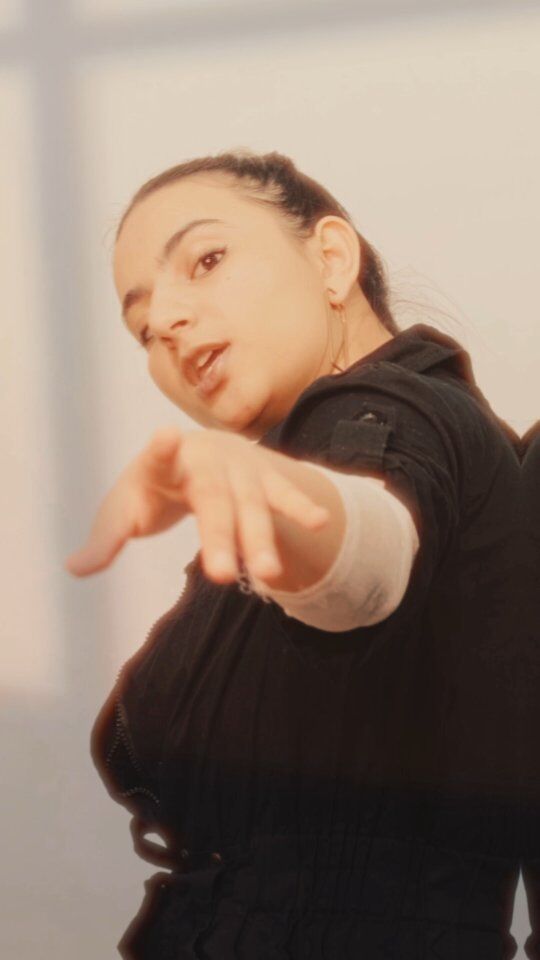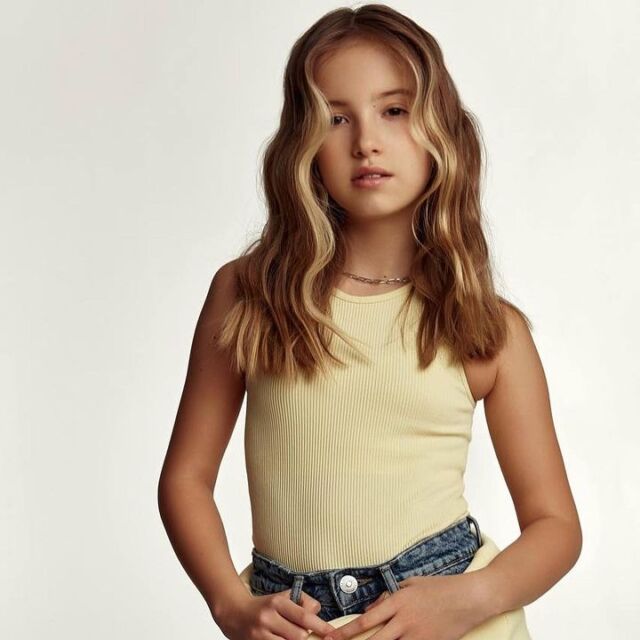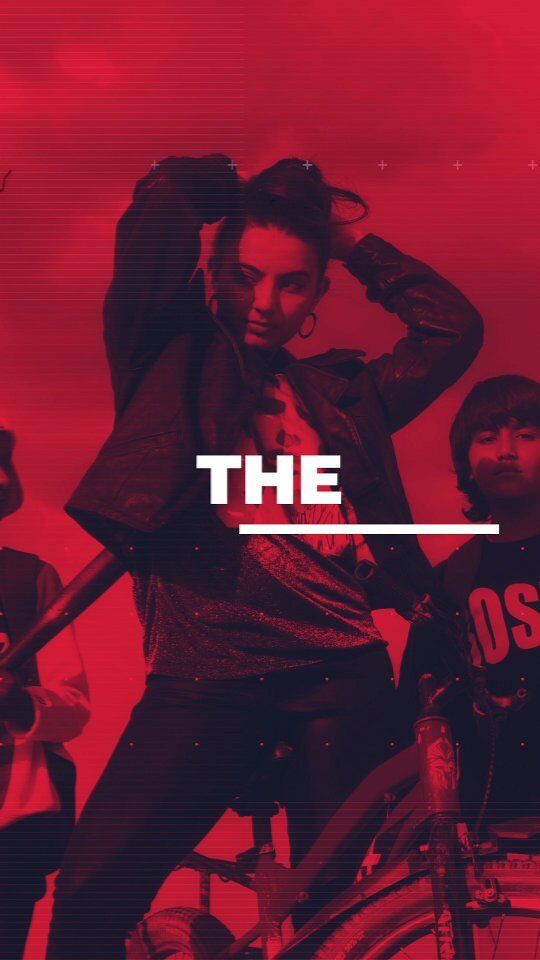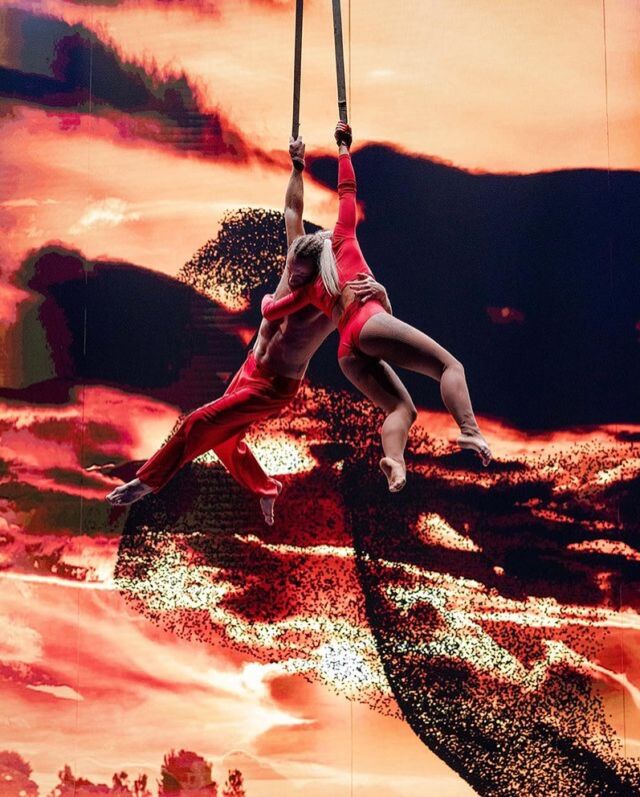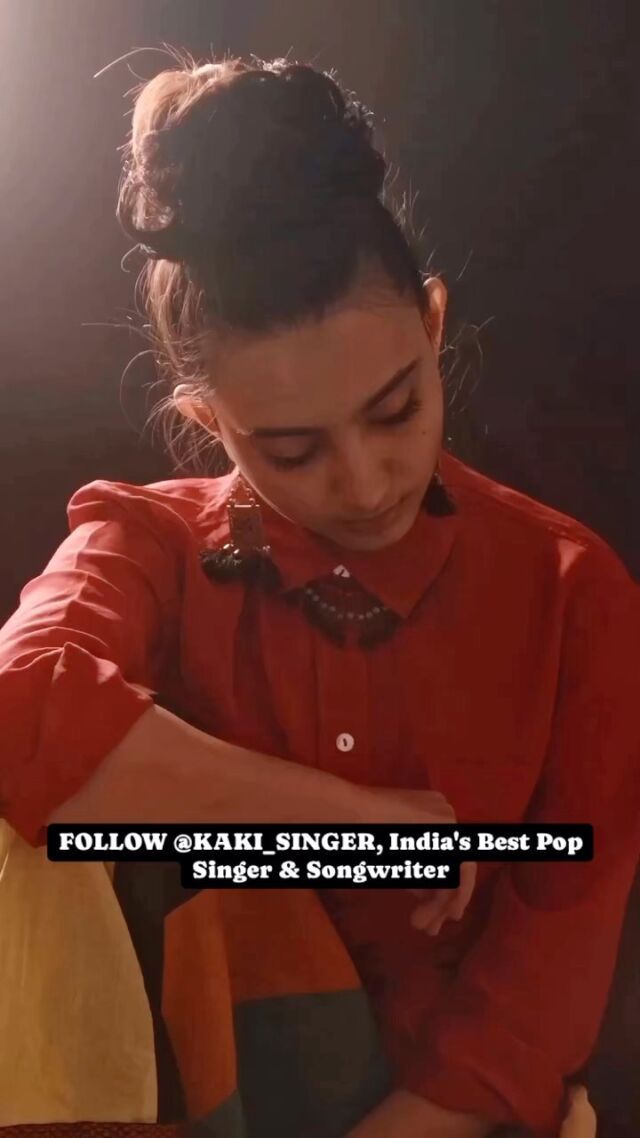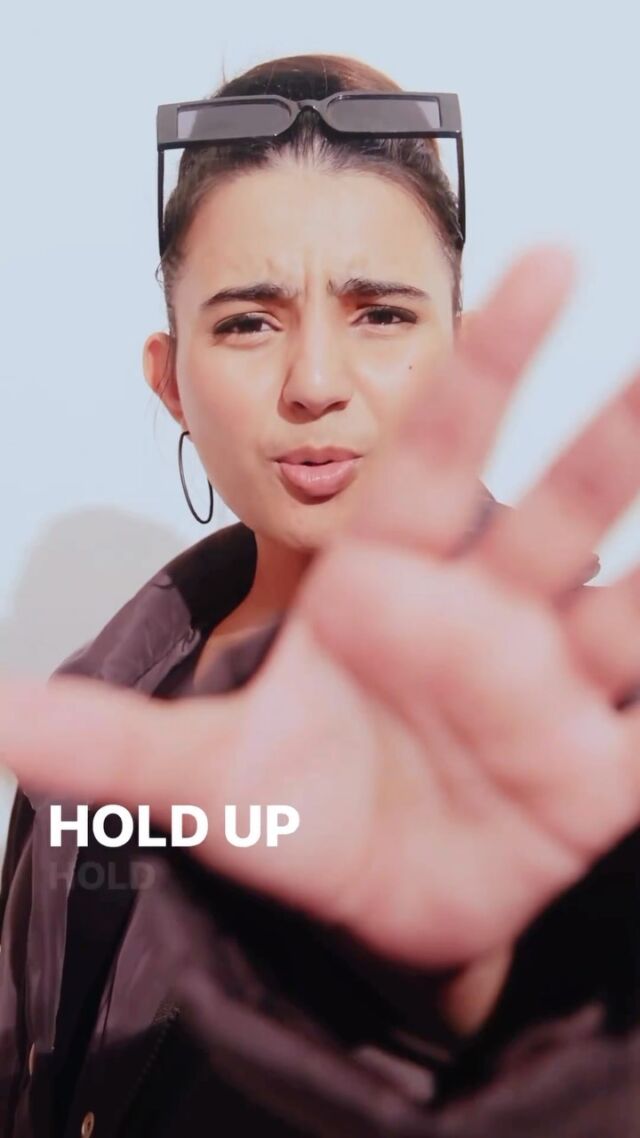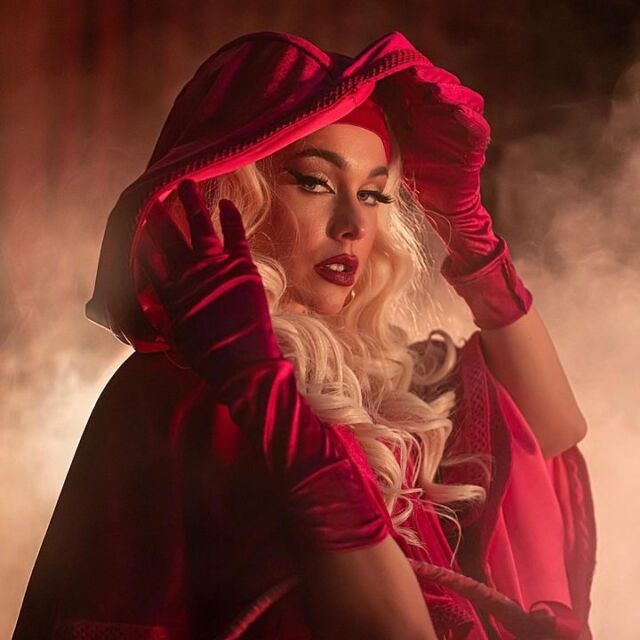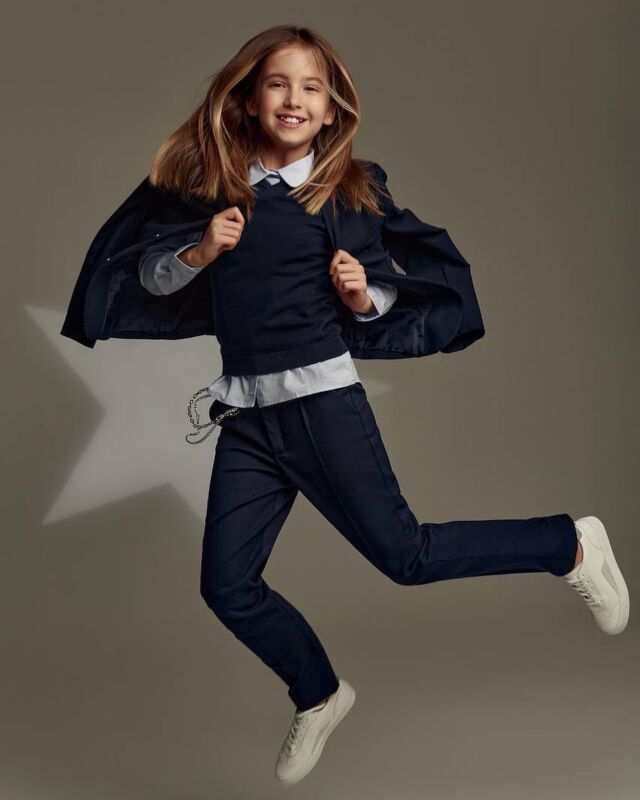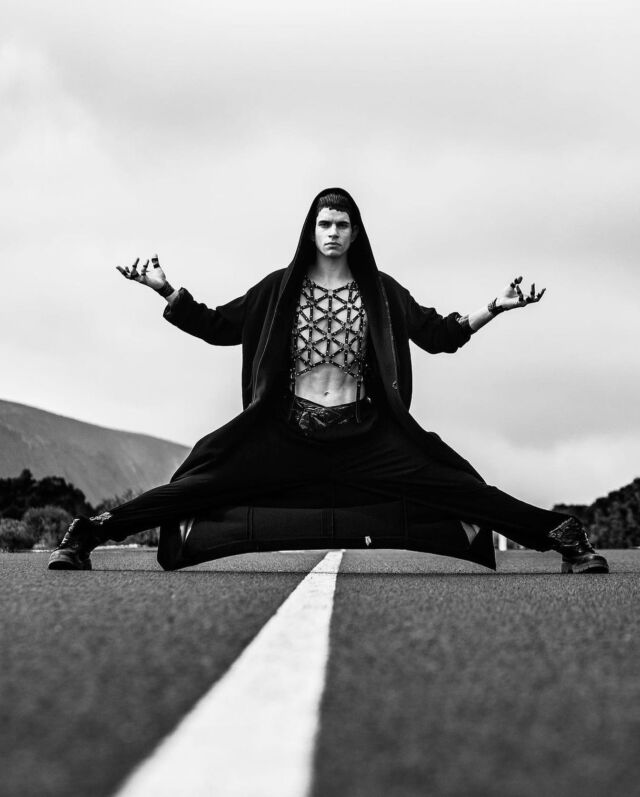Bob’s Red Mill Natural Foods was founded in 1978, but it wasn’t until several years later that the company hit upon the thing that made its oats, groats and other natural food products so immediately recognizable on supermarket shelves. That was when the likeness of Bob Moore, the company’s eponymous founder, began appearing on the packaging.
With his white beard, wire-rim eyeglasses, newsie cap and bolo tie, Mr. Moore, who died last week at age 94, was an unlikely style icon whose folksiness seemed to personify the wholesome artisanal grains produced by his company at an old mill in Milwaukie, Ore.
Mr. Moore may not have been a movie star like Paul Newman, whose face similarly adorns Newman’s Own foods, but he became just as recognizable to anyone who has pushed a shopping cart down a grains and nuts aisle.
An illustration of Mr. Moore appears on the packaging for each of his brand’s more than 400 products, from hulled millet to yellow popcorn, next to the tagline, “To Your Good Health.” The text on the Bob’s Red Mill bags and boxes, rendered in homey fonts that might have been used to sell tinctures in the Old West, includes bits of found poetry (“golden spurtle”) and understated hucksterism (“good source of fiber”). The distinctive but unflashy branding, a piece of modern Americana that falls somewhere between hippie and Norman Rockwell, makes for an oasis of calm in crowded supermarkets.
According to company lore, Mr. Moore agreed to be the face of Bob’s Red Mill only after a friend suggested he should use his image on the packaging. Unlike the Quaker Oats man, Mr. Moore had the virtue of being a real person. His picture, he came to believe, conveyed to shoppers that he backed the grains, beans, seeds, powders and flours contained within the bags.
The original advertising image — a line drawing created in the 1980s — depicted Mr. Moore in a white milling apron and a ribbon tie. In this period, Mr. Moore, then in his 50s, looked tall and strong, with swept-back hair and a fuller beard. He might have been the proprietor of a general store in a one-horse town. Later, a more grandfatherly Mr. Moore appears in his trademark cap, which he started wearing for practical reasons.
“His doctor wanted him to protect his head from the sun,” said Cassidy Stockton, a Bob’s Red Mill spokeswoman. “I don’t know how he settled on the style, but I never saw him in any other type of cap. He had them in different colors. The signature one on the package — the baby blue — is the one he’s most known for and his favorite.”
That shade was something of departure for Mr. Moore, who loved the color red. For photo shoots and promotional events, he typically wore a red vest or jacket. He outfitted himself the same way when traveling for work, which made him easily recognizable in airports and hotel lobbies.
The red vest was not custom-made but ordered from a uniform catalog, Ms. Stockton said, and Mr. Moore required the millworkers in his employ to wear a red work jacket. Walking the floor in his red vest, he blended in while standing out as the guy in charge.
“It was a little Mr. Rogers-like,” Ms. Stockton said, referring to Fred Rogers, the children’s television host. “He would come in in the morning in his warm coat and hang that up and slip into his red vest. The vest was his hoodie. I’m sure it was comforting to him in the way we all have our favorite things.”
As for the ever-present bolo tie, it had a small millstone on it, taken from the same quarry that gave the company its millstones.
Mr. Moore didn’t appear to spend a lot of time on his look, but he was not unaware of the role of image, either. Janice Dilg, a historian who interviewed Mr. Moore on camera in 2017 for an Oregon State University project, recalled that he told an assistant to make sure to have the signature cap on hand for the day of filming.
“He was aware that he and I were doing something that was going to be public,” said Ms. Dilg, who added that Mr. Moore charmed her before the interview by giving her a tour of the mill on a golf cart.
“He was a very smart businessman who understood how to use that persona,” she said. “Both to sell his product, but at some level, to help people be healthier. He struck me as not at all full of himself. He was successful. But it was, ‘I’m still just Bob.’”
Source link






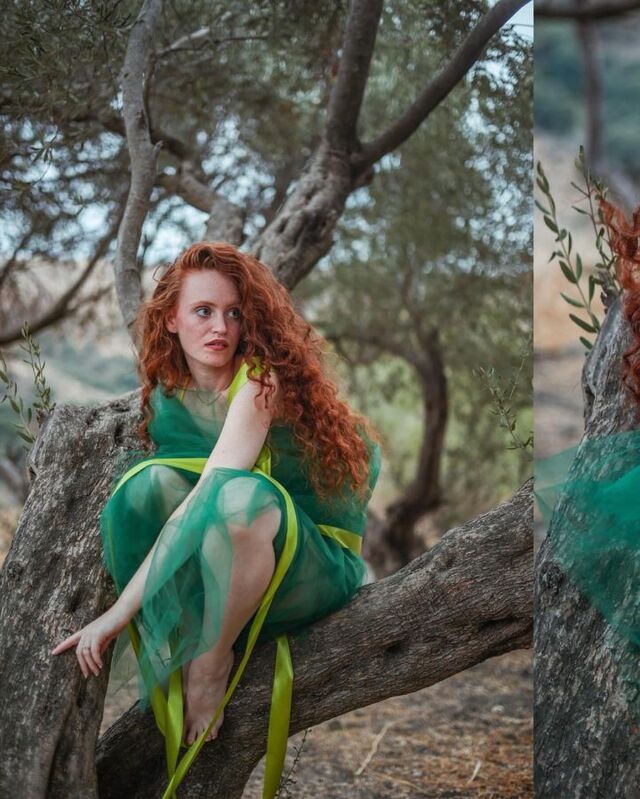
![Growing up learning Indian Classical Music, I’ve developed a deep appreciation for diverse musical genres, and techno is definitely one that has captured my interest. Got inspired to write this track by blending the beautiful melodies of Hindustani classical, particularly Raag Bhairav, with the beats of techno. Excited to share this fusion with you all!
Music by @miladzki
Check it out and vibe with me! 🎶✨
[ techno, newmusic, fusion, indianclassicalmusic, techno, music, kakisinger ]](https://talentsofworld.com/wp-content/uploads/wp-social-ninja/instagram/9xm.tv/18327743320185528_full.jpg)
![Listen to this Version of Dil Kho Gaya
Original Song From the Movie Dil.
Anand-Milind, Udit Narayan, Anuradha Paudwal sung this song
Music by Anand-Milind
Hope you guys like this Rendition of the Classic Song by Kaki Singer.
Like, Share & Comment.
[ Dil, Dil kho Gaya, old songs, Classic Bollywood, old song covers, retro songs, indian old songs, old hindi songs, melodies, kaki singer, Indian singers ]](https://talentsofworld.com/wp-content/uploads/wp-social-ninja/instagram/9xm.tv/17999564600299237_full.jpg)

